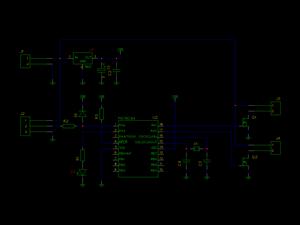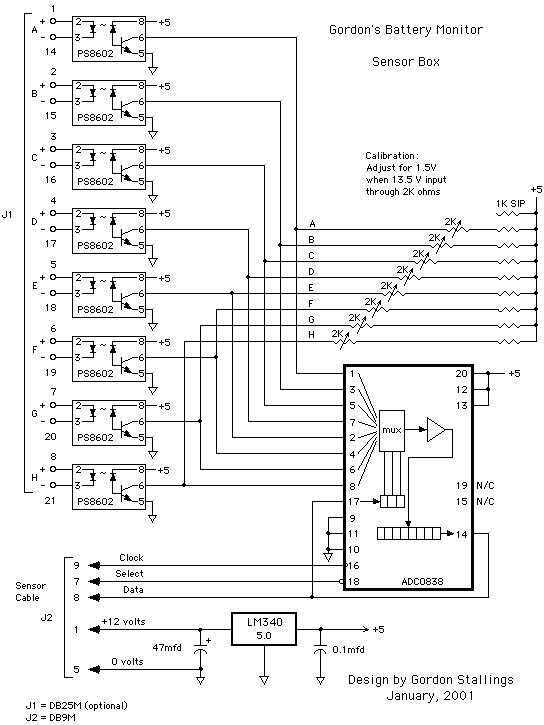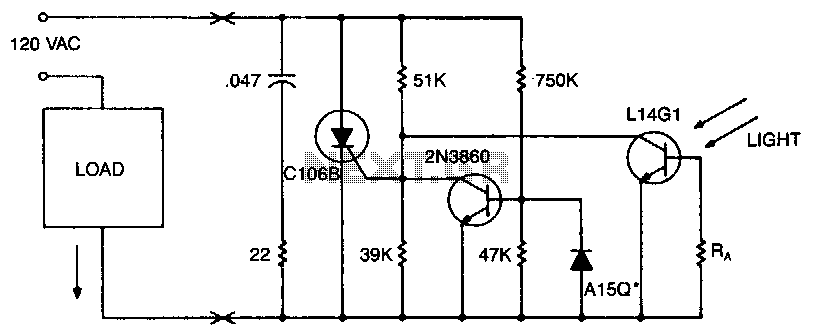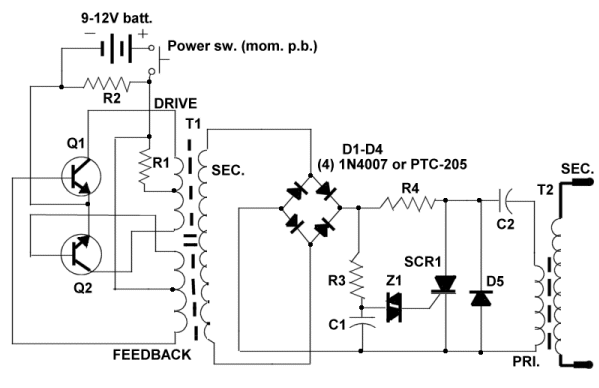
Supervisor ICs Monitor Battery-Powered Equipment
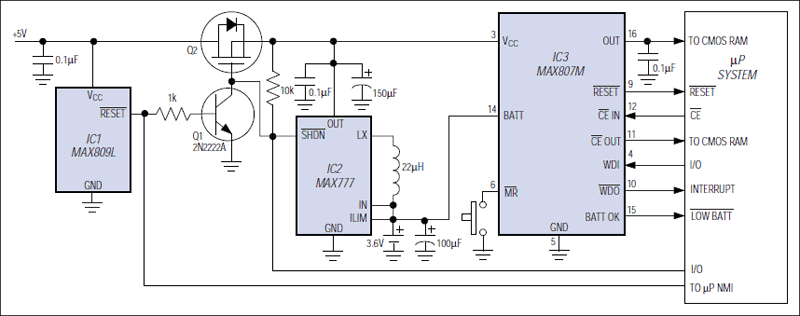
This discussion assists in selecting the most appropriate microprocessor supervisor integrated circuit (IC) for specific applications and provides solutions for various common supervisory issues encountered with microprocessors.
Microprocessor supervisor ICs are critical components in ensuring the reliable operation of microprocessor-based systems. These integrated circuits monitor the supply voltage levels and provide reset signals to the microprocessor when the voltage drops below a predefined threshold. This functionality is essential for preventing erratic behavior and ensuring that the microprocessor operates within its specified voltage range.
When selecting a microprocessor supervisor IC, several factors must be considered. The voltage threshold levels are paramount; these levels should align with the operating voltage of the microprocessor to ensure proper reset functionality. Additionally, the reset duration, which is the time the supervisor holds the reset line low after a power-up or voltage drop, must be adequate for the microprocessor to stabilize before beginning execution.
Another important consideration is the power supply voltage range. The chosen supervisor IC should be compatible with the supply voltage used in the application, whether it is a low-voltage system or a standard voltage configuration. Furthermore, the quiescent current, which represents the current consumed by the IC during normal operation, should be minimized to enhance the overall energy efficiency of the system.
The package type and footprint are also significant, especially in compact designs where space is limited. Options can include surface-mount or through-hole configurations, depending on the requirements of the PCB layout.
In addition to these factors, specific features such as watchdog timers, manual reset inputs, and open-drain outputs may be beneficial, depending on the application’s complexity and reliability requirements. These features can enhance system robustness and provide additional control over the microprocessor’s operation.
By carefully evaluating these parameters, designers can select the optimal microprocessor supervisor IC that not only meets the technical specifications of their application but also enhances the overall reliability and performance of the microprocessor system.The following discussion helps you choose the best microprocessor supervisor IC suited to your application, and offers solutions for many common microprocessor supervisory problems.. 🔗 External reference
Microprocessor supervisor ICs are critical components in ensuring the reliable operation of microprocessor-based systems. These integrated circuits monitor the supply voltage levels and provide reset signals to the microprocessor when the voltage drops below a predefined threshold. This functionality is essential for preventing erratic behavior and ensuring that the microprocessor operates within its specified voltage range.
When selecting a microprocessor supervisor IC, several factors must be considered. The voltage threshold levels are paramount; these levels should align with the operating voltage of the microprocessor to ensure proper reset functionality. Additionally, the reset duration, which is the time the supervisor holds the reset line low after a power-up or voltage drop, must be adequate for the microprocessor to stabilize before beginning execution.
Another important consideration is the power supply voltage range. The chosen supervisor IC should be compatible with the supply voltage used in the application, whether it is a low-voltage system or a standard voltage configuration. Furthermore, the quiescent current, which represents the current consumed by the IC during normal operation, should be minimized to enhance the overall energy efficiency of the system.
The package type and footprint are also significant, especially in compact designs where space is limited. Options can include surface-mount or through-hole configurations, depending on the requirements of the PCB layout.
In addition to these factors, specific features such as watchdog timers, manual reset inputs, and open-drain outputs may be beneficial, depending on the application’s complexity and reliability requirements. These features can enhance system robustness and provide additional control over the microprocessor’s operation.
By carefully evaluating these parameters, designers can select the optimal microprocessor supervisor IC that not only meets the technical specifications of their application but also enhances the overall reliability and performance of the microprocessor system.The following discussion helps you choose the best microprocessor supervisor IC suited to your application, and offers solutions for many common microprocessor supervisory problems.. 🔗 External reference
